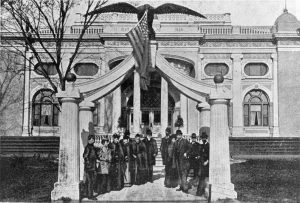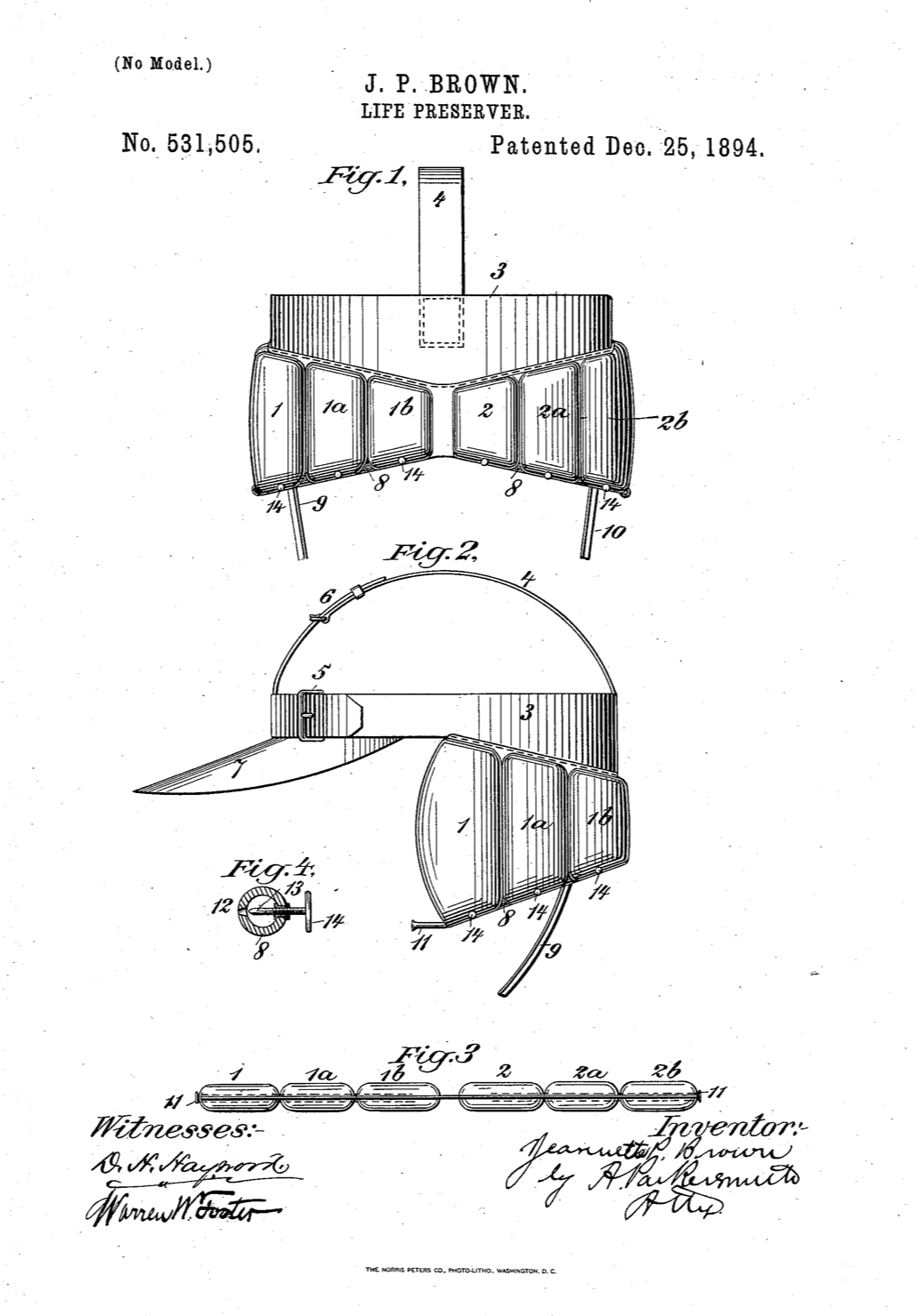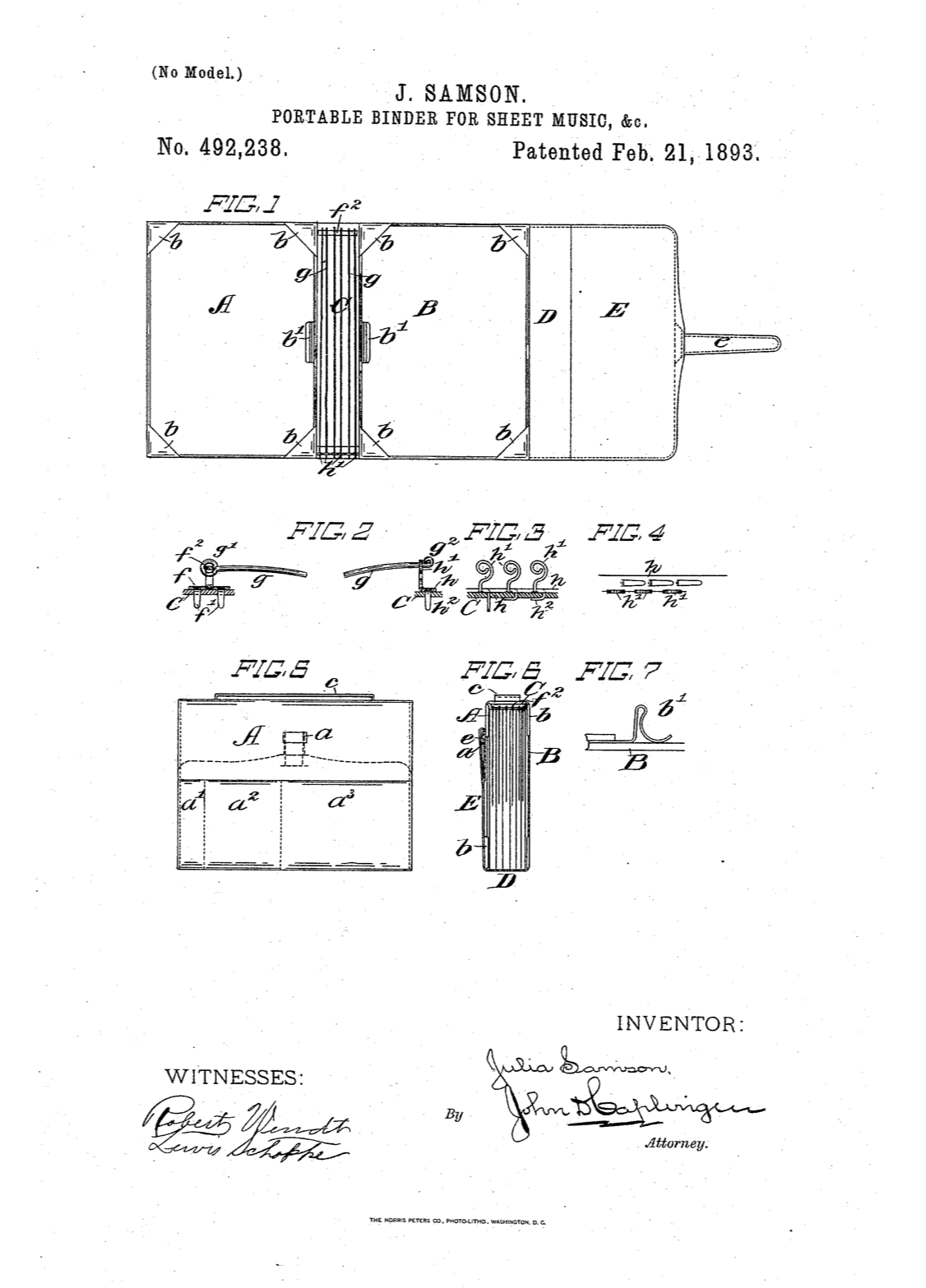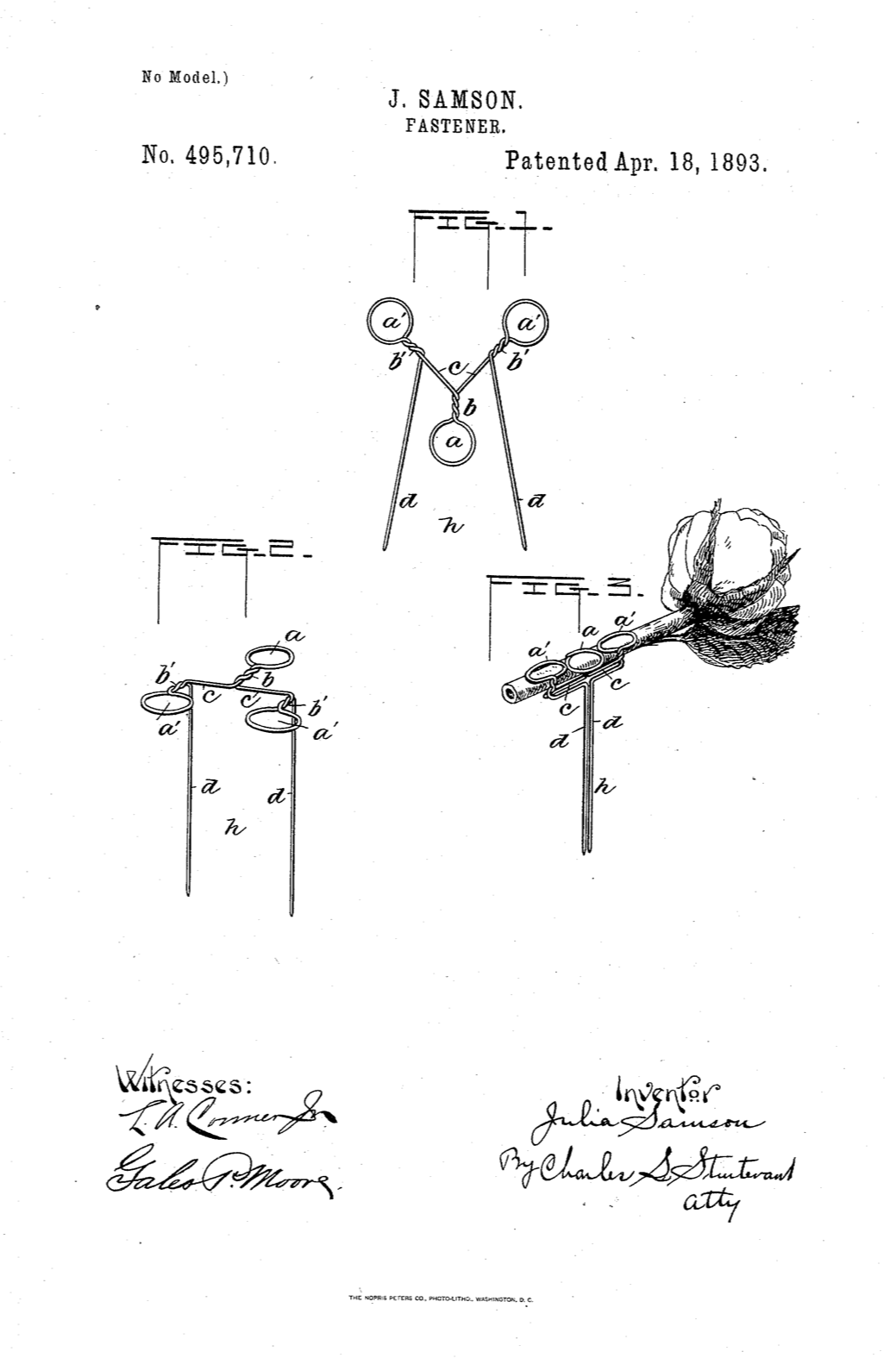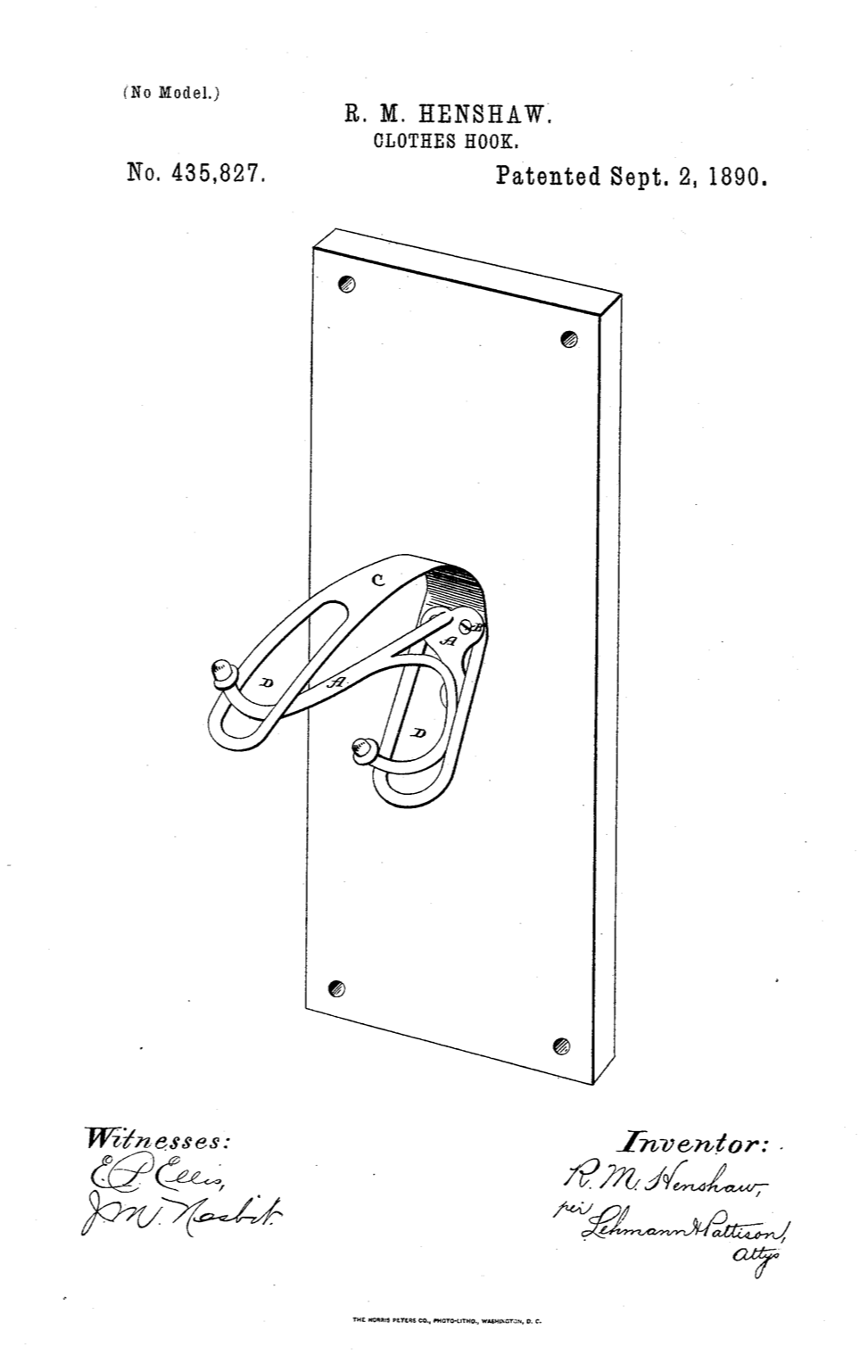A children’s dance group, Queen Mab and her Fairies, performs for spectators at Saltair on August 13, 1896. Credit: Courtesy of the Utah State Historical Society
Female Inventors in UTah
Innovation and Entertainment in the 1890s
In 1893, an economic depression disrupted many of the territory's key industries, leaving thousands of Utahns unemployed. The effects of this continued throughout the rest of the decade, but the new state responded with technological and cultural transformations that carried it into the 20th century.

Life in the 1890s
Utah in the American Imagination
In the latter half of the 19th century, Utah's national reputation hindered its path to statehood. Even as the territory fulfilled the legal requirements for admission to the union, Congress questioned whether the dominant religious culture would allow for the separation of church and state.
After decades of unsuccessful attempts at statehood, it was clear to political leaders in Utah that change was necessary. Leaders of The Church of Jesus Christ of Latter-day Saints began strategically reducing their influence over the territorial and local governments in order to prove to the nation that Utah could be led secularly. One of the most significant changes, the Church’s 1890 Manifesto, touched religious and political grounds when it ended the practice of polygamy, which was a primary issue standing in the way of Utah’s acceptance by the rest of the country. Once the Manifesto was issued, it was only a matter of time before Utah was admitted as a state.
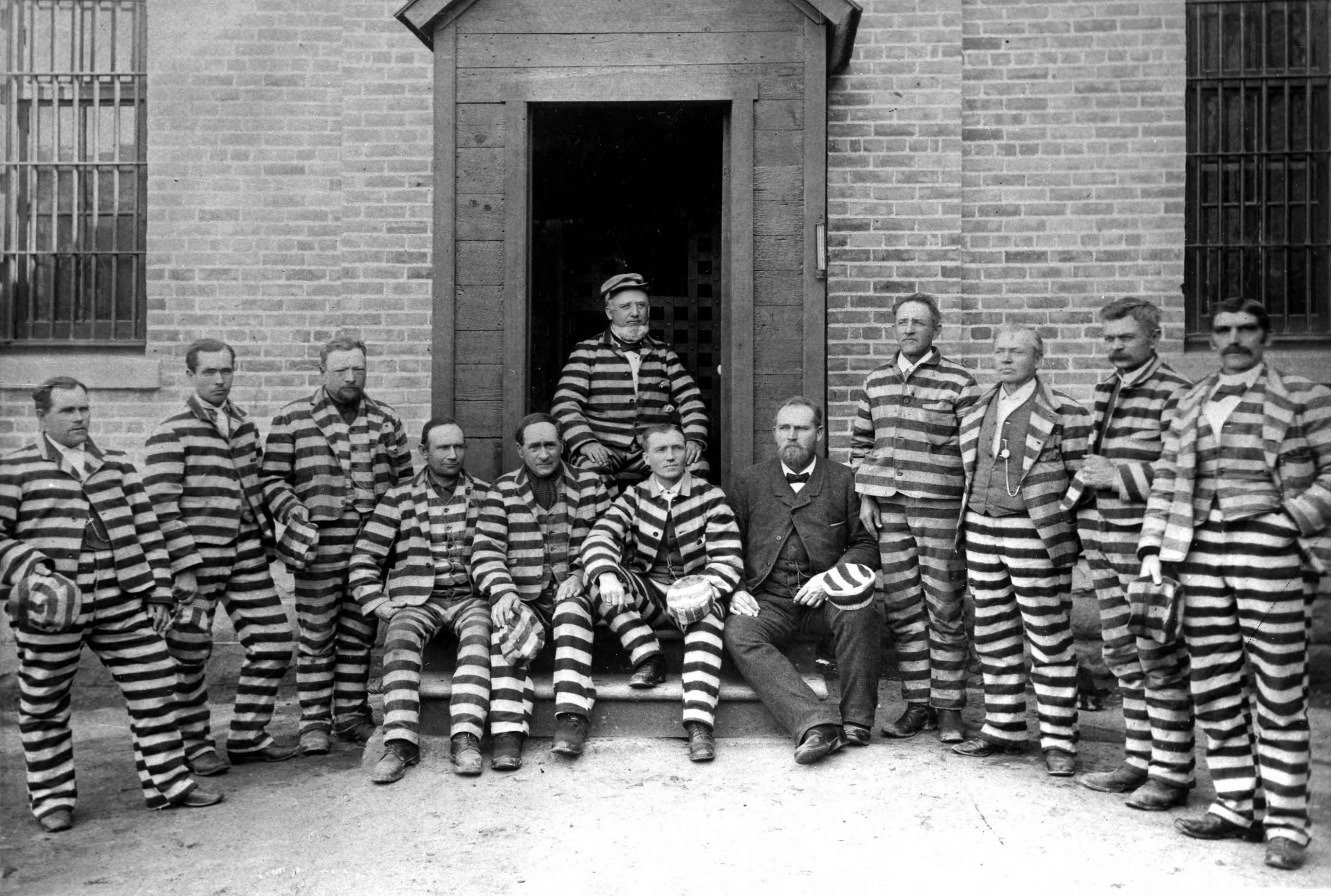
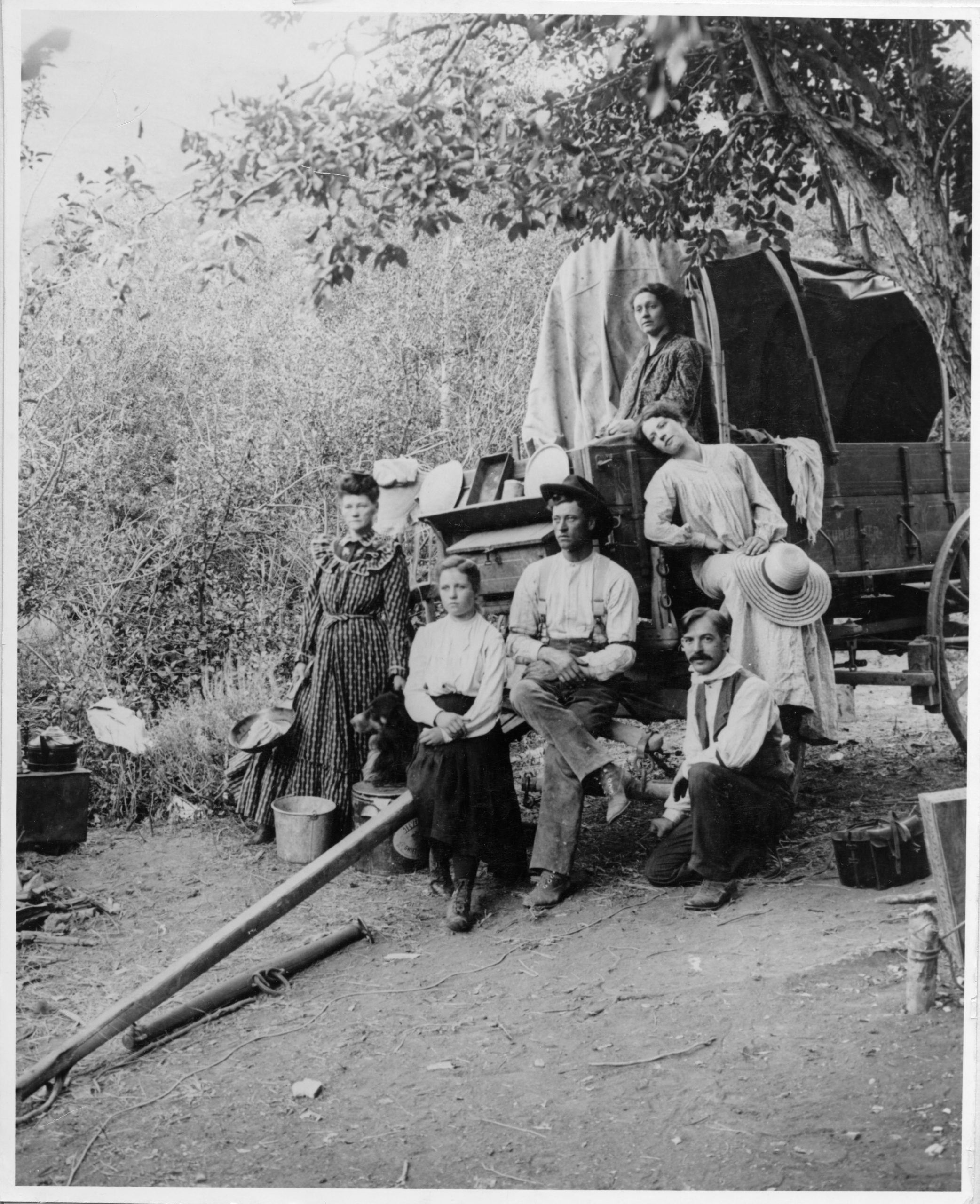
A Range of Lifestyles
From a social perspective, people’s concerns varied widely. Communities confined to reservations struggled to retain their cultural identities, people of color experienced racism that limited their lifestyle options, and individuals of all ages and genders faced labor challenges. Many immigrant laborers were men whose wives and children remained abroad, and husbands and wives practicing plural marriage were still on the run because of federal anti-polygamy laws. Like today, certain laws and controversies touched everyday life.
The Emergence of New Pastimes
The 1890s saw a flourishing of new pastimes in Utah. New, non-religious social clubs and organizations formed as the wealthy and artistic communities in larger cities aspired to achieve the cultural cosmopolitanism that mirrored cities on the East Coast. Such associations encouraged the development of arts and social scenes beyond those centered on the Latter-day Saints.
Meanwhile, the growing usage of electricity transformed the economy and urban life. Electric-powered streetcars and streetlamps offered many city dwellers new opportunities to explore neighborhoods beyond their own and roam more safely at night. It also fueled factory growth, enticing immigrants looking for work as the new state’s economy expanded beyond its borders.
By the turn of the 20th century, five women in Utah held patents for inventions. Three of these women were awarded their patents in the 1890s. Their ingenuity reflects not only their personal interests but also some of the forms of entertainment that surged during this time period.
A souvenir postcard by Souvenir Novelty Company of swimmers at the Saltair Pavilion on the Great Salt Lake. Credit: Courtesy of the Utah State Historical Society
Resorts
Lakeside resort culture began while Utah was still a territory and continued to grow in the years following statehood. It blossomed among people who lived near the Great Salt Lake and Utah Lake and had enough time and disposable income to travel to resorts for the day.

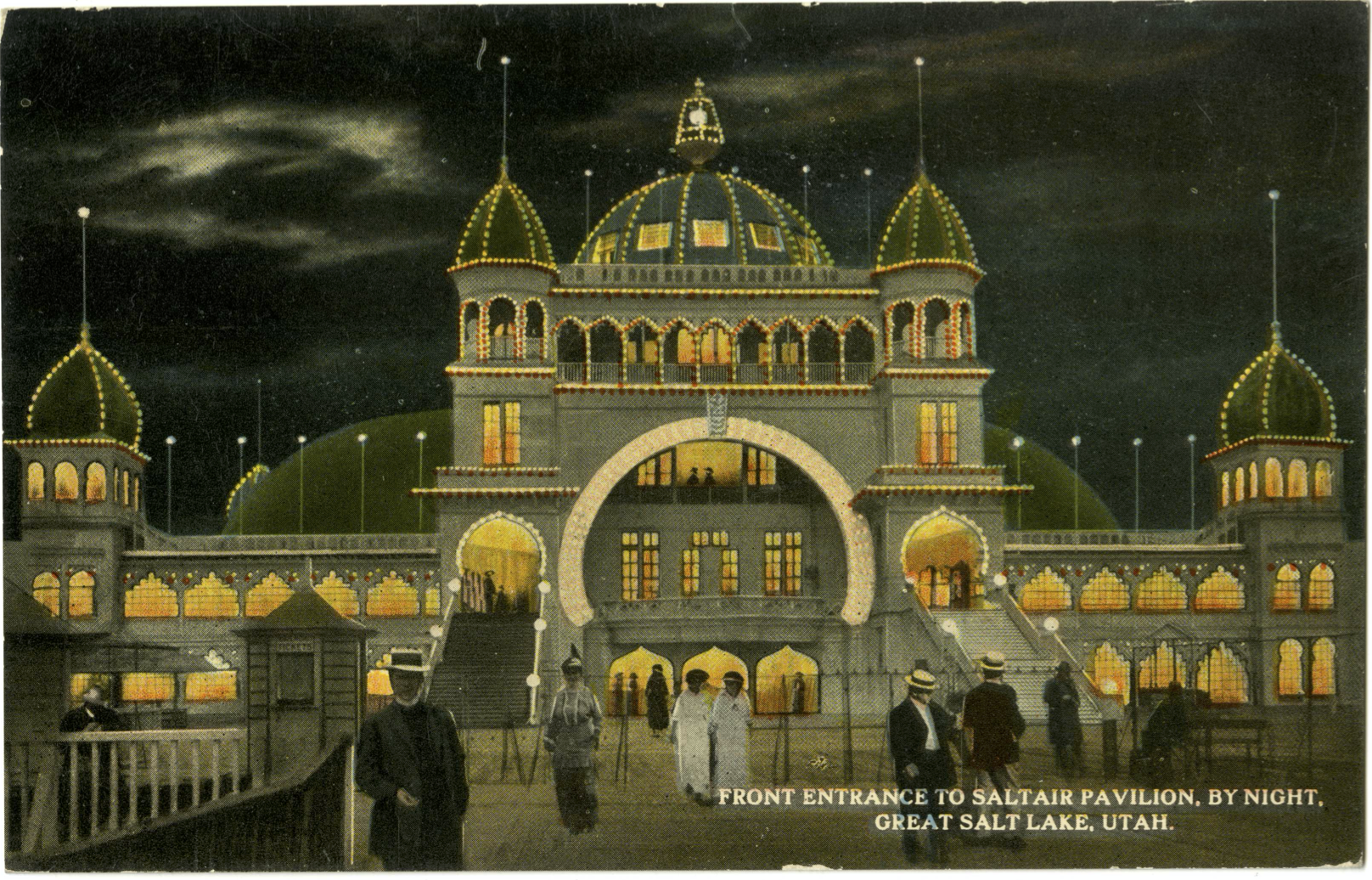
Resorts offered amenities for health and wellness that were embraced by city dwellers who were eager for some respite from crowded urban streets. They also housed lakeside restaurants and live entertainment where popular music was played by live bands. Resorts were popular with people of all ages—even the Constitutional Convention delegates took a break from their discussions for an outing to Saltair on May 6, 1895.
Music was important to Utah communities. Pictured here in 1898, the Robert Krebs Boys Brass Band, dressed in patriotic uniforms with boys and men of varying ages. Credit: Courtesy of the Utah State Historical Society
Music
Many of Utah’s cultures appreciated music, and in the 1890s their musical styles continued to develop. The Columbian Exposition carried outside influence to the American music scene, while the African-American genre of ragtime became popular with white audiences.

Home organs were a popular feature of many parlors, and families often gathered around the instrument to play and sing popular songs of the day. Throughout the decade, tastes shifted, and by the early 1900s, pianos were the instrument of choice for many Utah families. Some music from the 1890s is still familiar to audiences today.
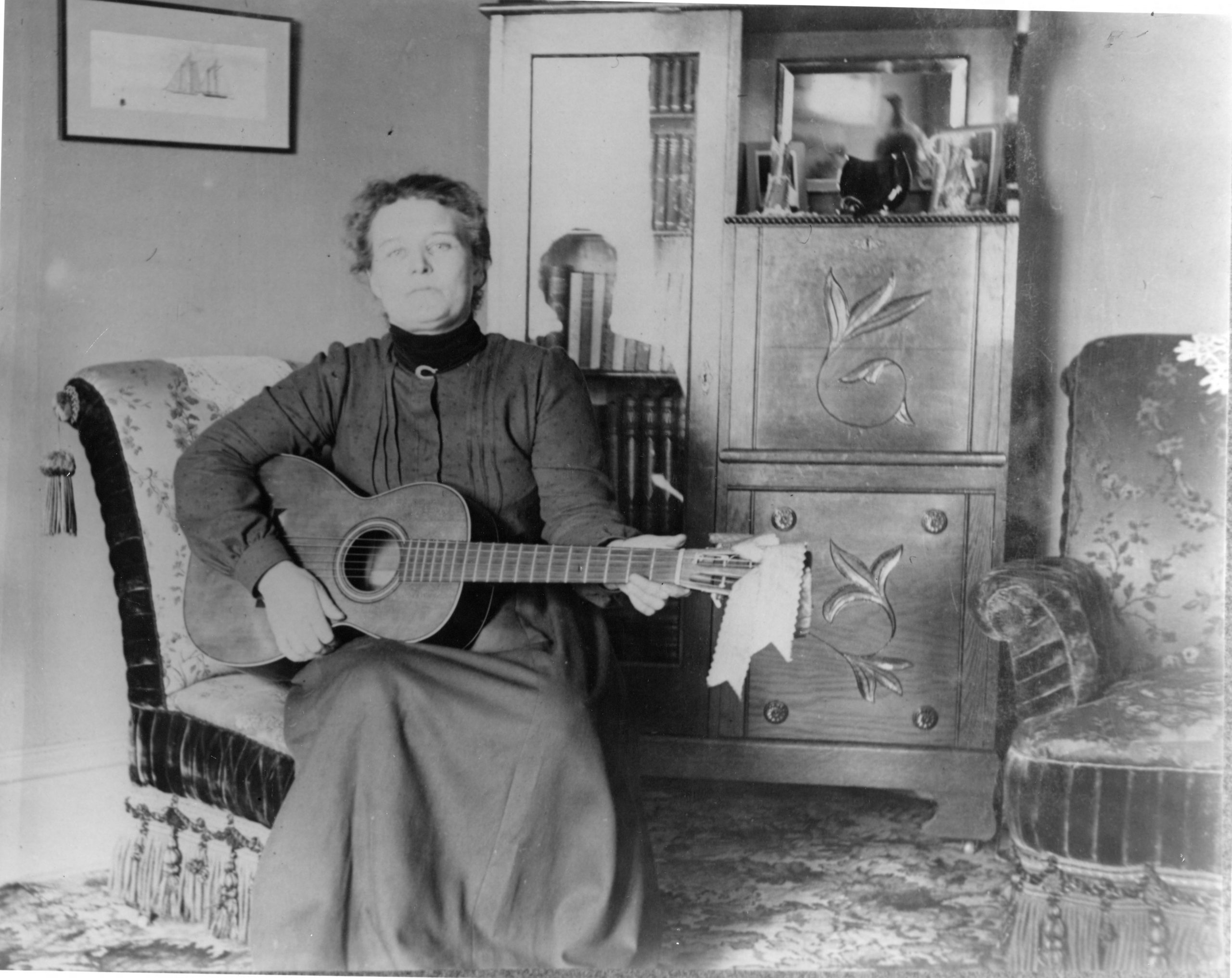
Interior of Grand Opera House in Park City on opening night, March 31, 1898. Sadly, the opera house burned down shortly after on June 19, 1898. Credit: Courtesy of the Utah State Historical Society
Theater
Theater was popular in Utah in the 1890s. In striving to appear well-regarded by the more established urban centers of the east, influential communities embraced music and theater that reflected their taste.

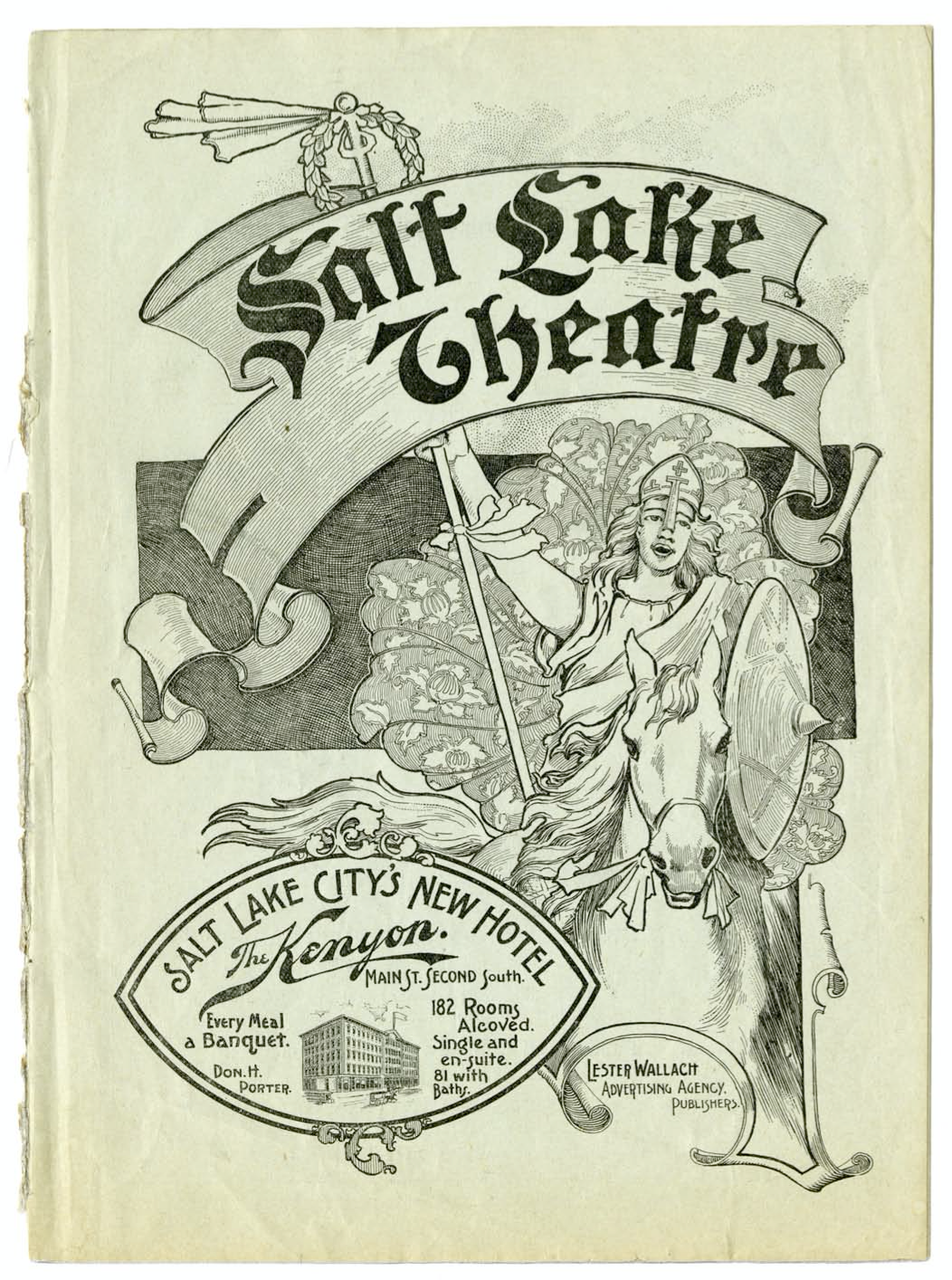
Representational painting of two women. In the foreground, on the right side, is a frontal view of a woman from the waist up holding a spear in her right hand. In the middle distance, on the left side, is a back view of a woman holding a spear and wearing a green helmet. Credit: “Bring Me My Spear: O Clouds Unfold” by Nathan S. Florence. Courtesy of the Utah Division of Arts & Museums. All Rights Reserved.
Legacy of Utah's 19th Century Female Inventors
While the forms of entertainment in Utah have evolved since statehood, the voices of female innovators continue to grow in volume.
